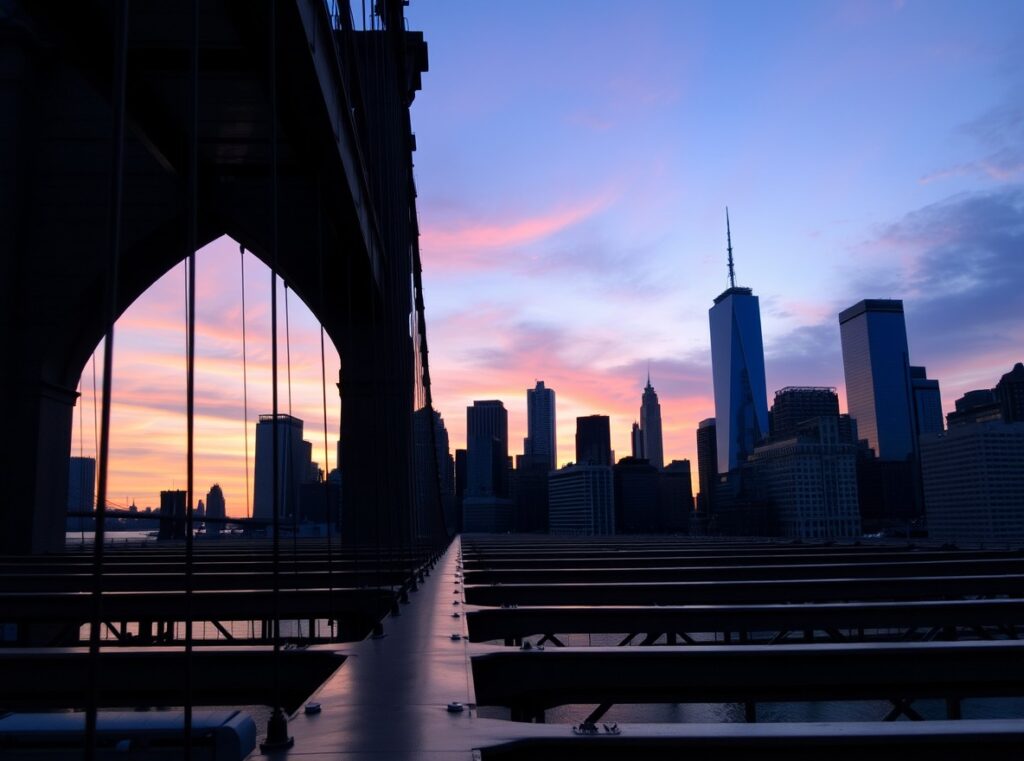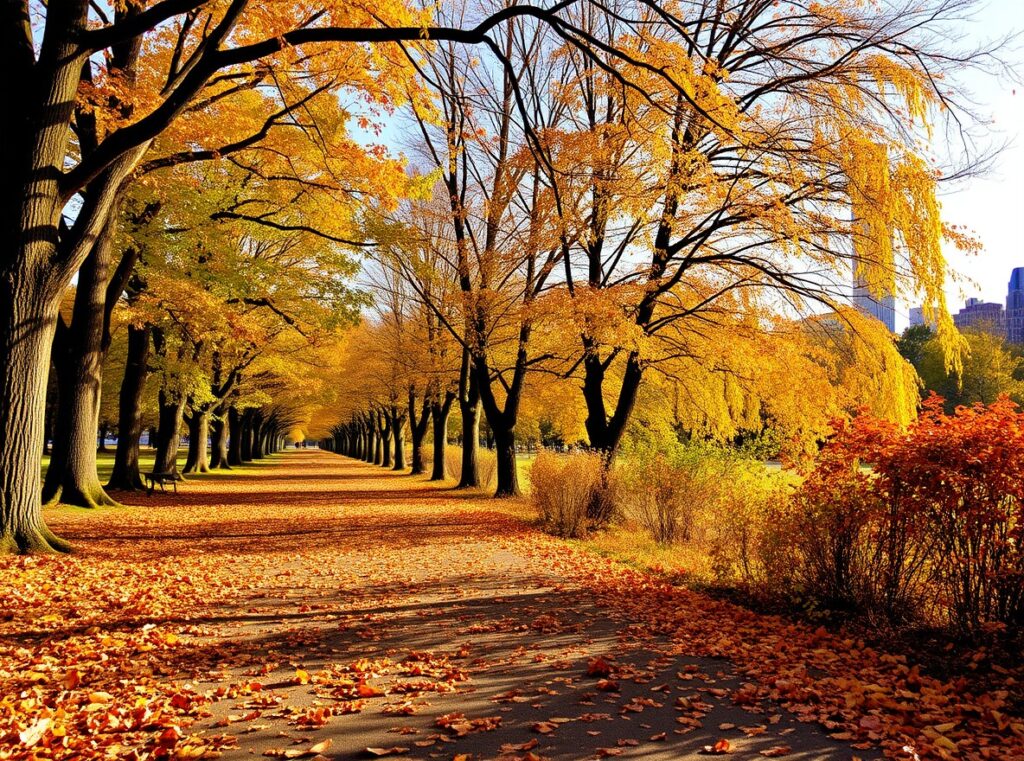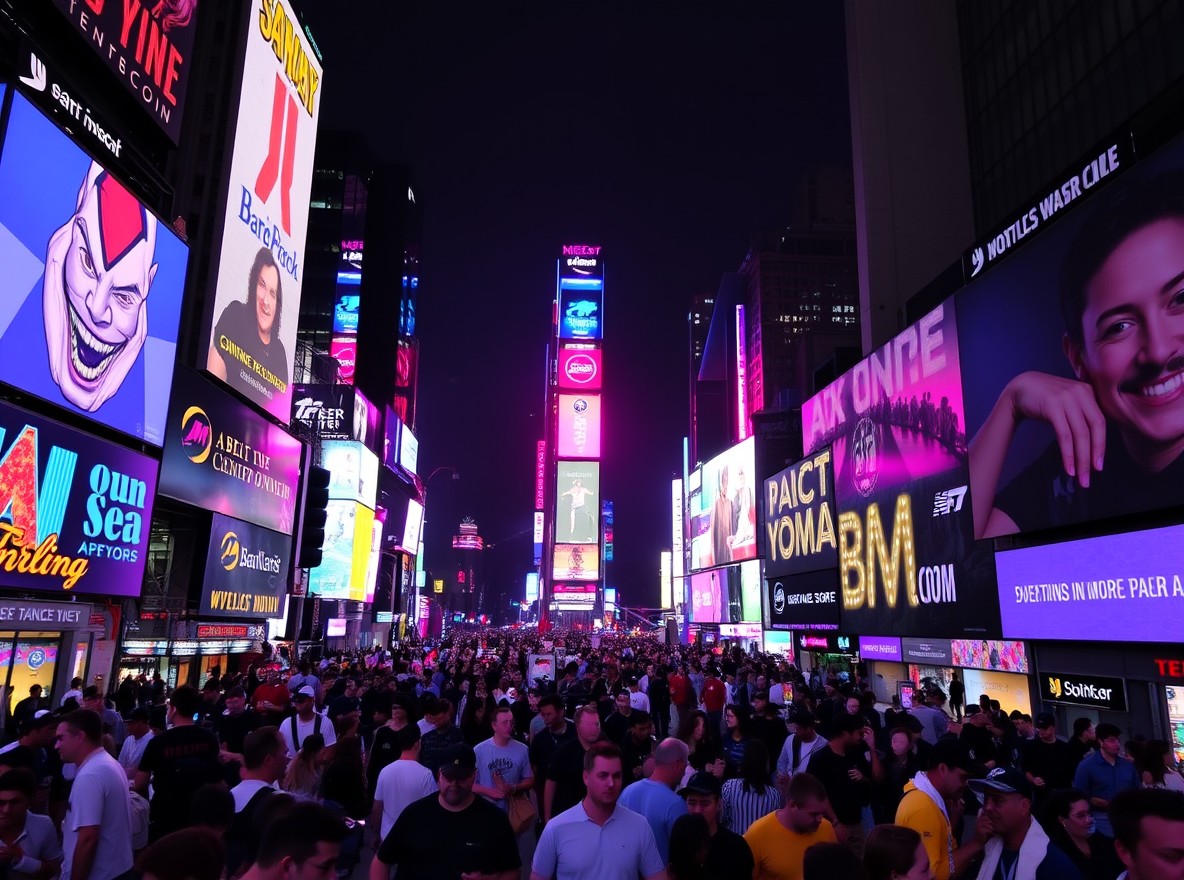Overview:
New York City, often referred to as “The Big Apple,” is one of the most iconic and vibrant cities in the world. Known for its towering skyscrapers, bustling streets, and rich cultural diversity, NYC offers an unmatched urban experience. Whether you’re sightseeing, attending Broadway shows, exploring Central Park, or indulging in world-class cuisine, there’s something for everyone in this dynamic metropolis. This guide will provide you with essential information about the city’s attractions, budget, safety, flights, climate, and more.


Quick Facts:
- Location: New York, USA
- Population: Approximately 8.3 million
- Time Zone: Eastern Standard Time (EST)
- Established: Originally settled in 1624; incorporated in 1898
- Key Attractions: Statue of Liberty, Times Square, Central Park, Empire State Building, Broadway, Metropolitan Museum of Art
- Best Time to Visit: April to June, September to early November
- Main Activities: Sightseeing, theater, shopping, dining, museums, nightlife
- Public Transportation: Subway, buses, taxis, bike-sharing programs
- Nearby Airports: John F. Kennedy International (JFK), LaGuardia Airport (LGA), Newark Liberty International (EWR)
Budget (in Local Currency and $):
| Expense | Local Currency | USD ($) |
|---|---|---|
| Entrance Fee | $0 (most parks, some attractions charge) | $0 |
| Accommodation (per night) | $10,000 (average hotel) | $250 |
| Meals (per day) | $2,500 (average per day) | $75 |
| Broadway Show Ticket | $10,000 | $100 |
| Taxi Ride (within city) | $2,500 | $25 |
Flights:
New York City is a major international hub, making it easily accessible by air. The three main airports are John F. Kennedy (JFK), LaGuardia (LGA), and Newark Liberty (EWR). Direct flights to NYC are available from virtually every corner of the globe. Prices vary greatly depending on the time of year, with peak season tickets (May through September) typically ranging from $200 to $600 round-trip from major cities. Off-peak tickets can be cheaper, ranging between $150 to $350.
Safety:
New York City is a relatively safe city, but, like any large urban area, it has areas where caution is necessary. It’s essential to be aware of your surroundings, especially late at night and in less busy areas. Avoid empty subway cars or streets at night, and always keep your personal belongings secure. The city has a strong police presence, and emergency services are readily available.
Climate:
New York City experiences a varied climate, with hot summers and cold winters. The summer months (June to August) can be humid, with temperatures ranging from 75°F (24°C) to 90°F (32°C). Fall (September to November) brings mild temperatures and beautiful foliage. Winters (December to February) can be quite cold, with temperatures ranging from 30°F (-1°C) to 40°F (4°C), occasionally dipping lower during snowstorms. Spring (March to May) is cool and comfortable, with temperatures ranging from 50°F (10°C) to 70°F (21°C).

